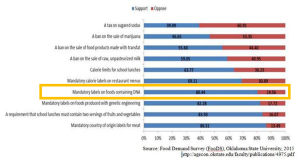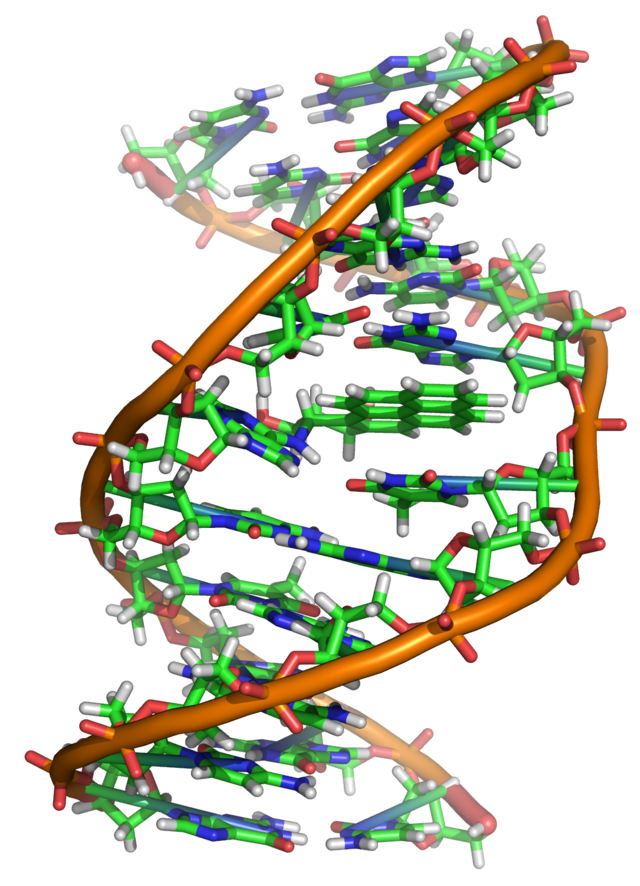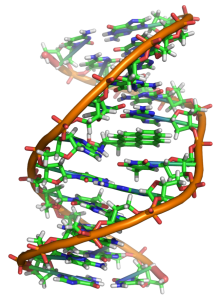It’s the time of year for New Year’s resolutions and improving oneself. As a scientist, there are always about a million things to do to become a better researcher, but this year my resolution, and the one I hope all our readers adopt, is to become a better science communicator. Whether this means tweeting better links or publishing more frequently, the role of communication in science can’t be overstated. You don’t have to be a researcher to engage in scientific communication either, and it can be as simple as mentioning something you read or heard to a friend or family member.

My resolve to improve communication is born mostly out of frustration, including frustration with one of this year’s studies. The January 2015 FooDS study out of Oklahoma State has generated major headlines already for its finding that 80% of Americans are in favour of labelling foods that contain DNA (Lusk and Murray, 2015) . As an American, my gut reaction was sheer disappointment in the polled population. It initially seems like another instance of chemophobia, a fear rooted in good intentions and taken to a logical extreme. However, with time to think and a bit of soul searching, it becomes apparent that part of the blame rests on us all. If people don’t understand how DNA works, it’s at least partly my fault for not informing them.
The study’s result has caught fire in both social and traditional media, with most pieces lambasting the general public and poking fun at people who think DNA and genetically modified organisms (GMOs) are the same thing. I think it goes without saying that bullying people over their misunderstanding of scientific terms is pretty horrible. Making fun of other people in this case is just as mean-spirited as locker room bullying and should never be the response.
Lusk’s blog on the results highlights something important, that most of these opinions are malleable, meaning that a small bit of education could have huge impact in this area. The lack of quality information and the difficulty of locating accurate scientific information on DNA, GMOs, and overall agriculture becomes clearly apparent.
Clearly, we can and should be making a difference here, and I’d like to challenge each of you to teach someone a science fact a day this year. It doesn’t have to be complex or involved, or related to agriculture, but by making a conscious effort we can increase scientific understanding one friend, family member, or colleague at a time.
Author: Maureen Williams, william2[at]tcd.ie
Photo credit: wikimedia commons


